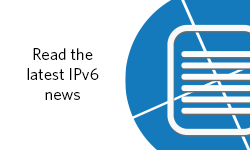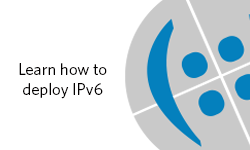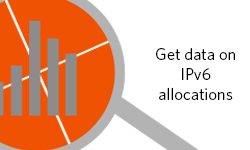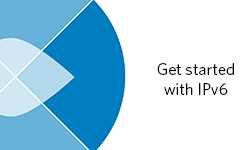
It seems there’s now another business case for deploying IPv6. Amazon Web Services (AWS) has announced that from 1 February 2024, they’ll charge USD 0.005, per IP, per hour for all public IPv4 addresses, whether they’re attached to an AWS service or not.
For an always-on service, that’s USD 43.80 yearly for each IP. Considering that cloud providers (such as AWS) are widely used, this cost change is not insignificant for customers and could set an industry precedent that others may follow.
Despite a long-standing and well-understood depletion of the pool of available IPv4 resources, public IPv4 addresses still play a major role in enabling communication over the Internet. Even with its similarities to the much more abundant IPv6, IPv4 has been increasingly commoditized over the years — AWS themselves cited a 300% increase in cost for each public IPv4 address over the past five years.
AWS suggests these new charges should accelerate the adoption of IPv6, and it’s hard to disagree with that. And if other cloud providers do follow suit with their own charges, IPv6 becomes a more attractive proposition.
Towards IPv6 only
For advocates of IPv6 adoption, this may be seen as another necessary step along the path to an IPv6-only Internet and follows an earlier call to action from the US National Security Agency (NSA), packaged as advice for operating dual-stack and new IPv6 networks.
In February 2023, the NSA released a comprehensive IPv6 Transition Guidance document. The document’s goals were clearly stated — to encourage the adoption of IPv6 across government agencies and the private sector.
This can all be interpreted optimistically.
These market signals all encourage organizations to embrace IPv6 deployment securely. The abundance of the IPv6 address space, its improved routing efficiency, reduced need for Network Address Translation and its associated costs, and future-proofing address scale are all benefits.
And, after all, the main promise of IPv6 is that with its 128-bit address format, IPv6 provides approximately 3.4×1038 unique IP addresses. It’s a value so large that it’s hard to comprehend except perhaps in these terms — it’s large enough that every conceivable device and entity will be able to have its own unique public IP address, immediately nullifying any IPv4 charges from cloud providers.
Begin, or continue, your IPv6 journey here:
The views expressed by the authors of this blog are their own and do not necessarily reflect the views of APNIC. Please note a Code of Conduct applies to this blog.





Nice
Well done AWS – like it… putting a cost on V4 is the only way to force the change….